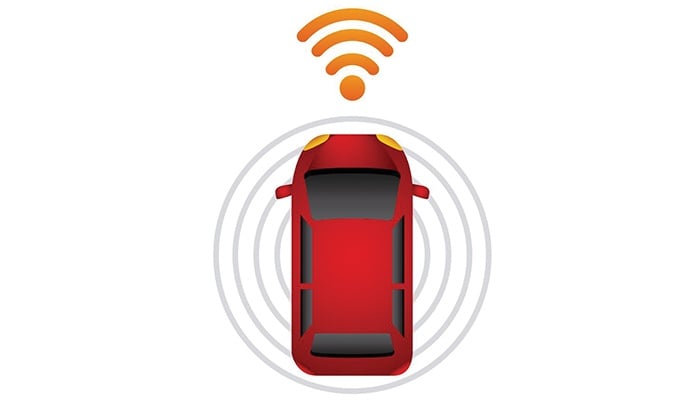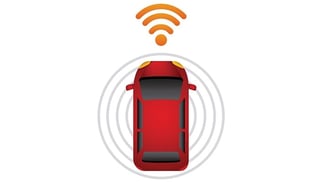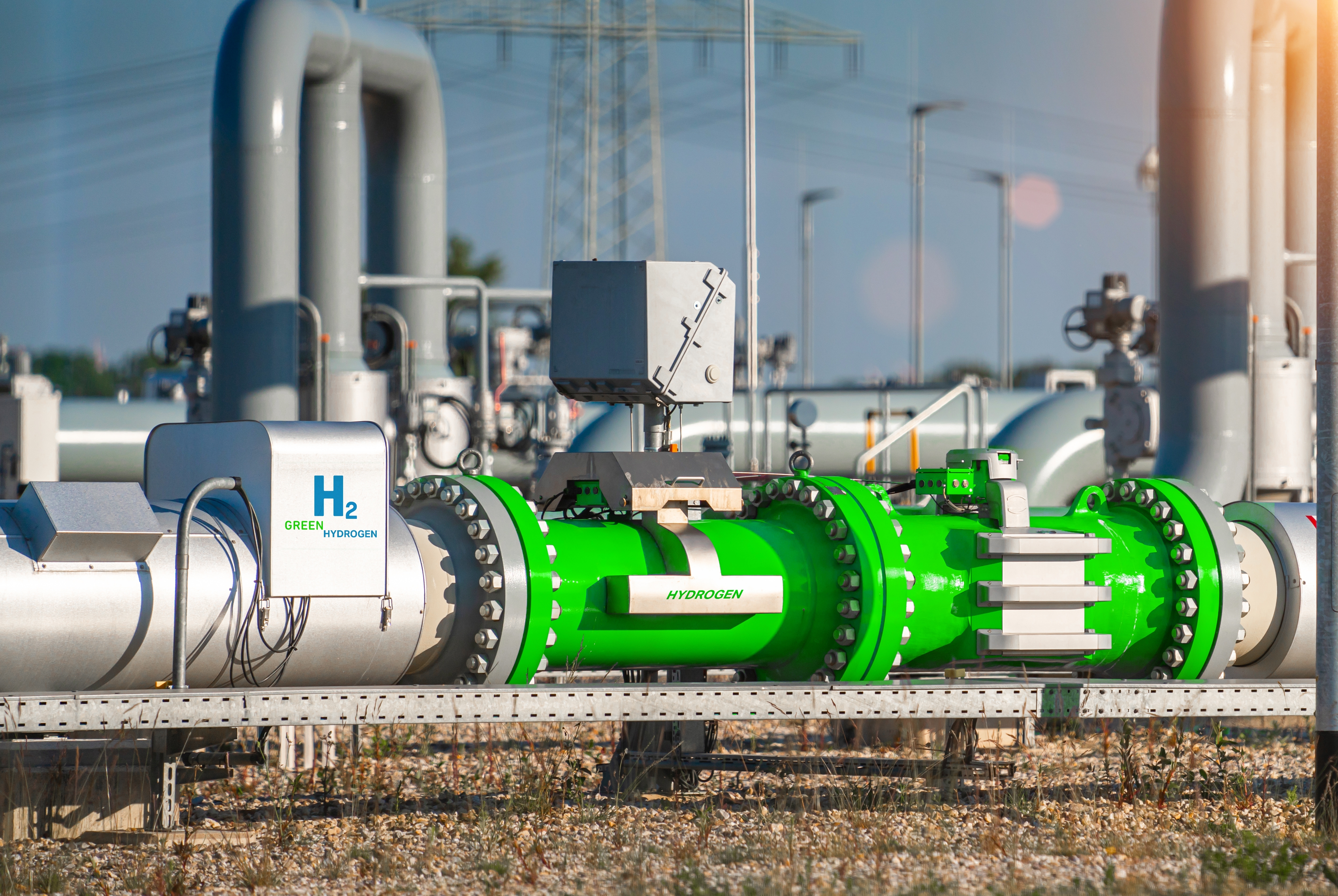The Struggle is Real for Regulating Autonomous Vehicle Safety


Self-Driving vehicles (or AV's - autonomous vehicles) are the undisputed next frontier in consumer transport technology. Automakers, it appears, are anxious for Federal Guidelines to be put in place in order to tailor their roll outs, and be assured that they are in compliance with safety expectations, as well as in order to circumvent the mess of State's adopting their own patchwork regulations in leiu of uniform federal regulations.
There is a difficult cost-benefit analysis in play on timing rollouts, especially as pertains to Safety.
AVs have the potential to have a life changing positive impact on people who are disabled or otherwise not physically able to drive a standard vehicle. Additionally, AVs remove human error from traffic incidents - and human error is estimated to be responsible for 94% of all traffic fatalities.
The problem is, how safe is safe enough for AVs to rollout?
It's somewhat of a "catch 22" - autonomous vehicles "learn" to adapt by reacting to real world driving situations to improve their own safety, essentially, but what is the threshold at which we allow them out onto the roadways to improve in the first place? How much of a risk will early adopters be taking?
I wrote an article for this month's issue of Oil & Energy Magazine on the topic of making Autonomous Vehicles safe enough - what that means, and what the next steps are for the industry and the federal government. You can read that article here: "Making Driverless Vehicles Safe"


